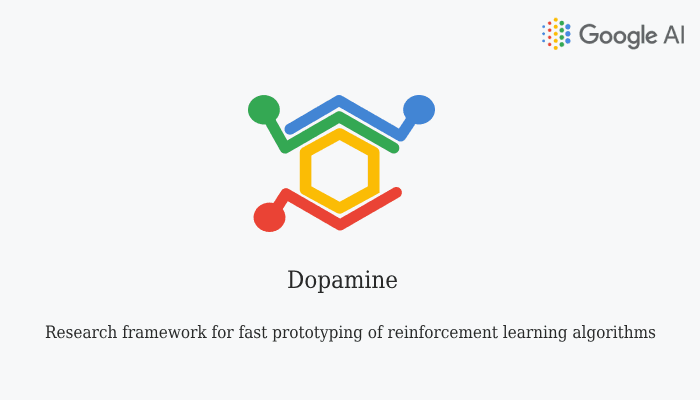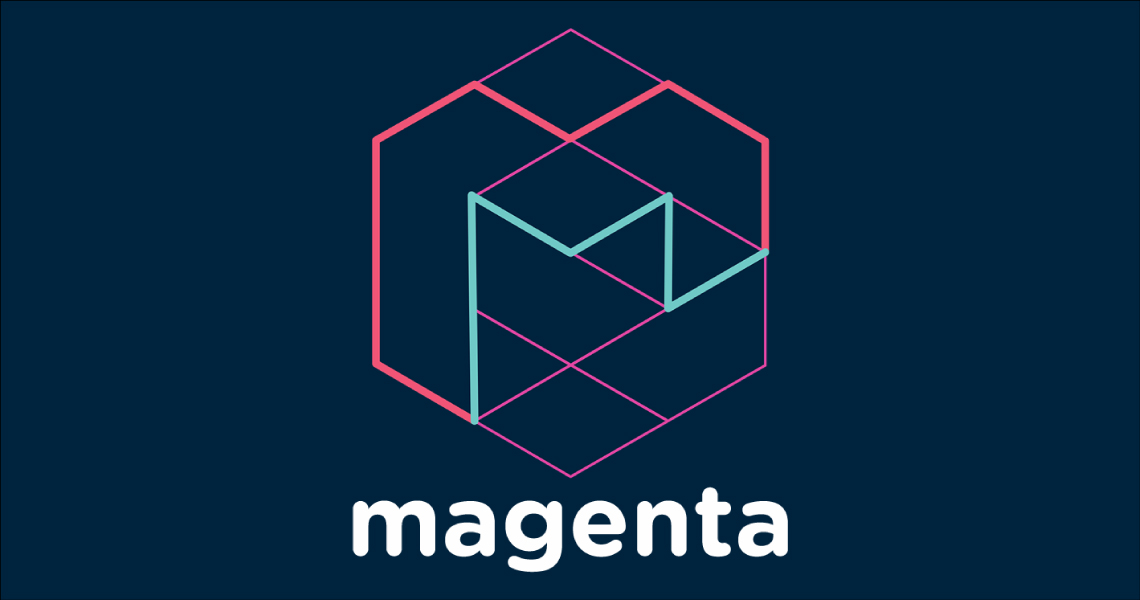
In today’s IT industry, artificial intelligence is a significant deal, and Google AI is famous. In the world of modern technology, Google is ideally a behemoth. IBM and Google are two substantial movers and shakers who frequently appear in current AI-related news. The tech business is currently more exciting than it has ever been. While we’ve already covered IBM’s AI initiatives, we’ll now look at what Google is up to in the AI field.
The connection between Google and Artificial Intelligence is natural. Because of their importance and functionality, many companies expect you to be familiar with Google’s AI projects. After all, Google is ubiquitous, and Artificial Intelligence is infiltrating every aspect of our life. It develops a wide range of software tools for practically every imaginable type of activity that exists today. It stands to reason that two such popular and prominent forces would collaborate in some way.
Let’s start with an overview of Google AI, followed by a review of Google AI advancements, and finally, a look at the AI projects Google is currently working on. This post discusses the most critical Google AI projects that we should be aware of to comprehend their significance and features.
What AI projects is Google currently working on?
Google Research has also been working on AI projects for the past few years that encompass a wide range of areas, including COVID-19 forecasting, weather and climate change, robotics, medical diagnostics, and natural language processing. IBM and Google are two significant movers and shakers who frequently feature in current AI-related headlines. After all, Google is ubiquitous, and artificial intelligence is pervasive in our daily lives.
TensorFlow:
TensorFlow is, without a doubt, kind of the most widely used Google AI nowadays. It’s technically a machine learning implementation platform that’s free as well as open. It not only allows for any reliable and autonomous ML generation, but it also allows for the experimental study and the building of high-level and straightforward layers for model creation. TensorFlow also makes the model building more enjoyable, machine learning deployment more flexible, and research experimentation more reliable. TensorFlow ideally allows you to access the data and tools you’ve created at any time and from any location.
AdaNet:

MediaNet is a TensorFlow-based framework that allows for the automated learning of high-level models with minimal expert interaction. You should be familiar with ensemble learning before we cover AdaNet. It uses its AdaNet method to learn the structure of a neural network and provides learning guarantees. It is a method of mixing many machine learning model predictions to achieve extraordinary results.
Kubeflow:

If you’re studying machine learning techniques with Kubernetes, Kuberflow is one of the most important Google AI initiatives. It’s a machine learning toolkit aimed at making machine learning deployment easier. It’s one of Google AI’s most crucial features.
Users of Kuberflow can employ open-source and high-quality machine learning technologies. When using Kubernetes, you can use Kuberflow to deploy open-source and high-quality machine learning systems. This project offers a vibrant developer and professional community where users may ask questions, share their work, and talk about other connected topics.
Dopamine:

It’s a testing ground for reinforcement learning algorithms. Reinforcement learning algorithms are concerned with how a specific software agent acts in a particular situation. Dopamine aids in the rapid creation of these algorithms for increased efficiency. It’s a TensorFlow-based tool that lets users play with reinforcement learning algorithms at their leisure. Try Dopamine if you’re searching for a fun method to learn about reinforcement learning algorithms. It’s trustworthy and adjustable, so trying new things with it will be straightforward and entertaining.
Magenta:

It’s one of the few examples that show how artificial intelligence is influencing artistic fields. It focuses on using deep learning and reinforcement learning to generate art and music. It focuses on using deep learning and reinforcement learning to create art and music. If you’ve ever wondered how artificial intelligence can affect creative professions, you should take a look at this project. For artists and musicians, Magenta focuses on discovering answers and reducing complicated situations. It’s a TensorFlow-based product from the Google Brain Team.
DeepMind Lab:
Google’s DeepMind Lab is a three-dimensional platform for machine learning and AI research and development. Deep reinforcement learning is challenging to study and implement. In this area, Google’s DeepMind Lab can assist you. Its user-friendly API allows them to experiment with different AI systems. DeepMind Lab’s simple API will enable you to experiment with various AI concepts and learn about their capabilities. DeepMind Lab is used to train and build learning agents on this platform. DeepMind leverages Google’s DeepMind Lab to teach and research teaching agents. It has a wide range of puzzles that use deep reinforcement learning.
Bullet Physics:

One of Google AI’s most unique endeavors is Bullet Physics. It’s a Google software development kit that concentrates explicitly on body dynamics, collisions, and interactions between rigid and soft bodies. It’s a software development kit that focuses on challenging and soft body dynamics, crashes, and interactions. by the bullet; a Python package also employs machine learning and physical simulations. Robotics is included in the Bullet Physics SDK. The Physics Bullet SDK also incorporates robotics technology, and this Python module uses machine learning and physical simulations. Google also uses bullet SDK for virtual reality, some robotics simulations, many game creation, and machine learning.
Final Thoughts On Google AI
Google has been steadily improving in this area, with products like Machine Learning Kit, TensorFlow, Fire Indicators, and others aimed at various consumers, including developers, researchers, and businesses. We’ve only touched on the most well-known of Google’s AI efforts in this article. We examined several Google services and found that AI and related technologies were critical in improving the services and experience and allowing Google to launch new features. Gemmlowp, for example, is a Google AI project that focuses on matrix multiplication. By promoting its Cloud AI solutions, Google also hopes to increase the presence of AI and machine learning in the real world.
We hope you found this information about Google AI projects to be informative.
Article Proof Read & Edited By Shreedatri Banerjee




